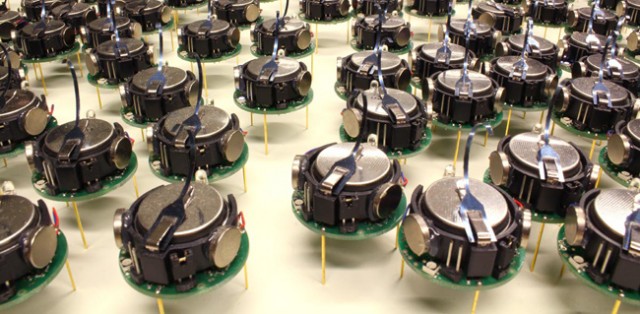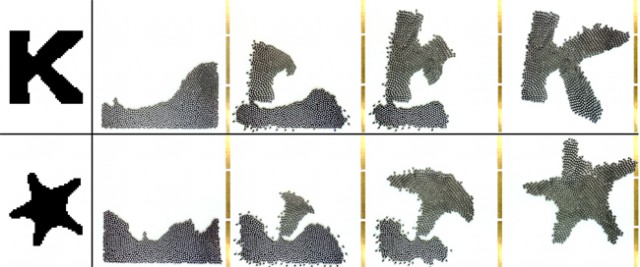MAJ: Looking Outwards #1
Admiration: Parhelia
Parhelia, one of the many nature-themed generative works of Paul Prudence, is a real-time generative performance made with VVVV. A parhelion is the atmospheric phenomenon responsible for the bright halo that appears around the sun on cold winter days.
While I know this work is generative, I have no idea how one would go about making something like it. I enjoy the cinematic quality of the documentation and would love to take a peek at the source code to understand how Purdence’s work achieves its ethereal quality. I would like to see works such as Parhelia incorporated in to every-day user applications, giving an environment that often feels sterile and calculating a more organic feel.
Surprise: Patatap
Created by Jono Brandel and the musical duo Lullatone, Patatap uses input from one’s computer keyboard to create visual and musical feedback. Keys A through Z each have a unique sound and visual, while the spacebar is used to cycle through different modes that modify the A-Z keys output. The aim of Patatap is to create the experience of synesthesia. Brandel cites the works of Wassily Kandinsky, the famous synesthete artist, as his source of inspiration.
What I find surprising about this project is how something with such a simple concept can be so delightful. I couldn’t resist pressing every key in every mode to see what would happen, and discovered that some of the visuals have a randomized element. My personal favorite is the “G” key on the default setting.
What Could Have Been: Kilobots
In the lab of Radhika Nagpal, researchers at the Harvard School of Engineering and Applied Sciences have released a swarm of 1024 “kilobots”, minuscule robots capable of self-organization. Kilobots represent a milestone in the development of collective artificial intelligence, able to execute complex behaviors from simple instructions. This article from Electronics Weekly explains in detail the mathematical and mechanical details of the swarm.
The group intelligence of the kilobots is intriguing, but at the moment leaves something to be desired. While their ability to form shapes is impressive, said shapes appear to be somewhat imprecise. I see this a the first step in a larger project, which may one day culminate in a distant relative of the kilobot, able to mold its swarm into three-dimensional shapes.

